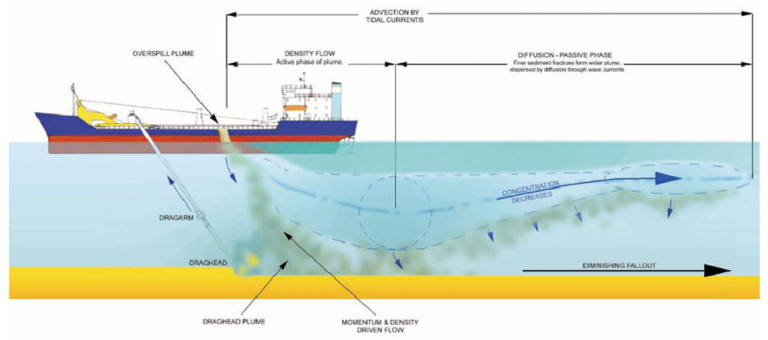

Study areas were located within an area closed to dredging and two different plots were established at both depths. Two experimental areas located at 6 and 18m depth were established in order to analyse whether impacts and recovery of benthic environment are depth-related. The data for the North Nab study site allow a generalised recolonization sequence to be constructed for coastal deposits.This study aimed to assess the potential effects of clam dredging and the subsequent recovery of the benthic environment.

The rate of restoration of biomass following dredging was slower than that recorded for species diversity and population density. Whether this reflects organic enrichment derived from the dredge site warrants further investigation. Species variety, population density, biomass and body size of macrofauna was enhanced for as much as 2 kilometers in each direction along the axis of the tidal streams. No suppression of benthic community structure was recorded beyond 100 m from the dredge site. In contrast, trailer dredging had no impact on community composition of macrofauna within the dredge site. Impacts included a suppression of species variety, population density and biomass, as well as differences in species composition compared with the surrounding deposits. The impact of dredging within the intensively exploited anchor dredge site was limited to the dredged area. Part of the site was intensively dredged by vessels at anchor whilst other parts were less intensively exploited by trailer dredger. The object of the survey was to determine impact of marine aggregate dredging on community composition, the extent of impact outside the boundaries of the dredge site, and the rate of recolonization and recovery of the fauna following cessation of dredging. A survey of benthic macrofauna in the vicinity of a coastal marine aggregate dredging site off the south coast of UK was carried out in 1999.


 0 kommentar(er)
0 kommentar(er)
